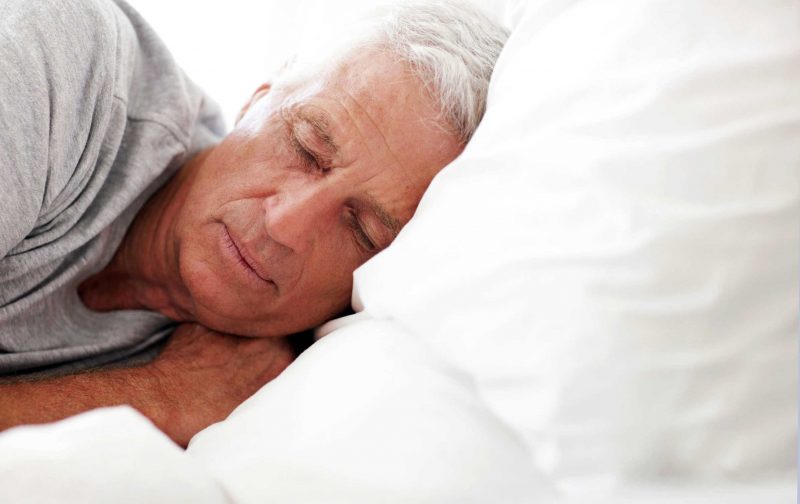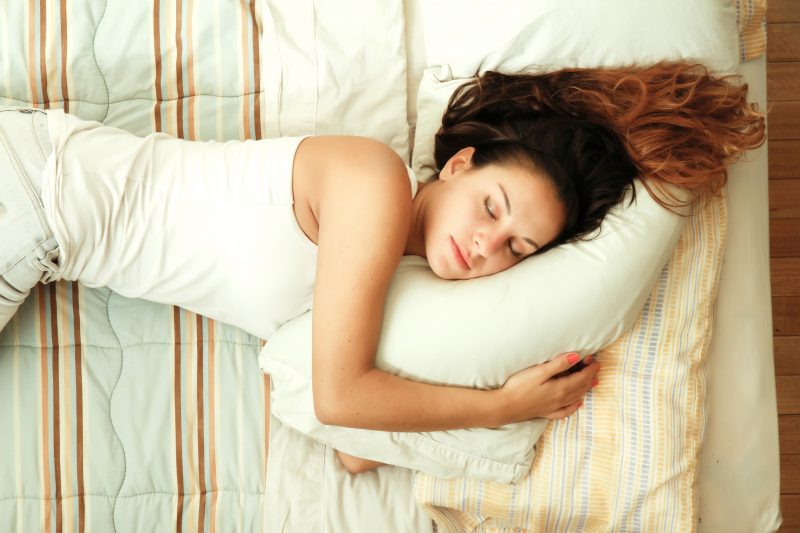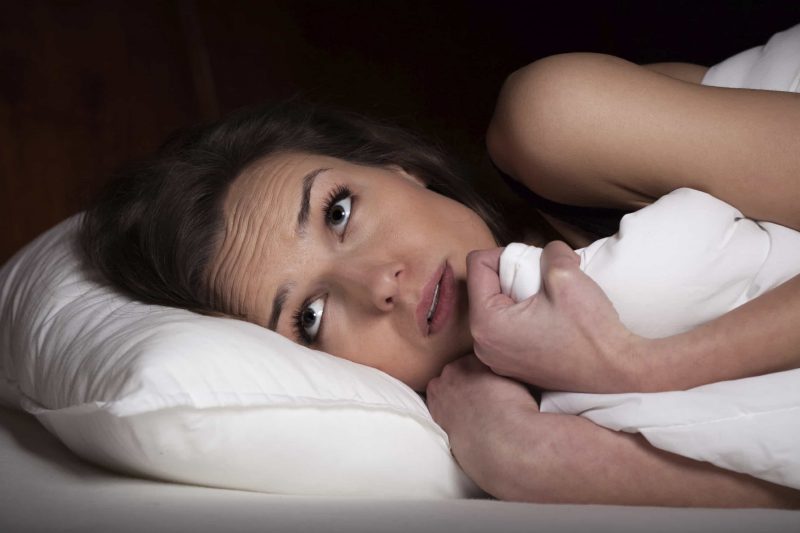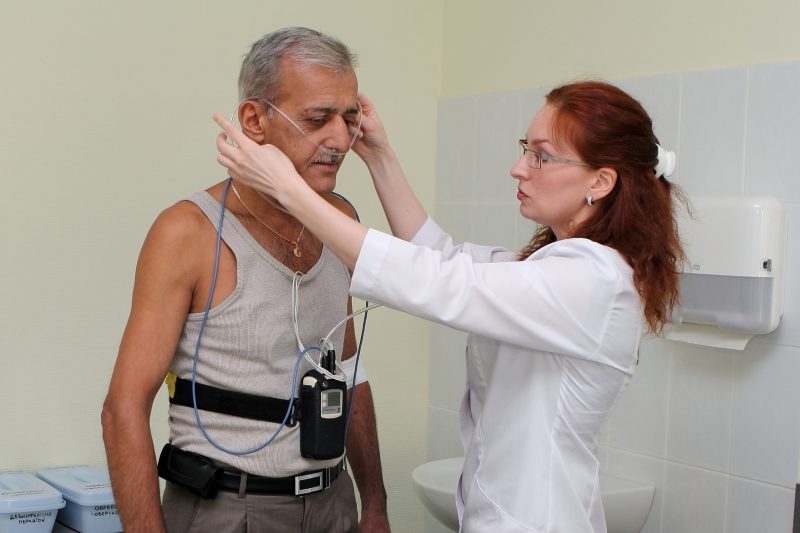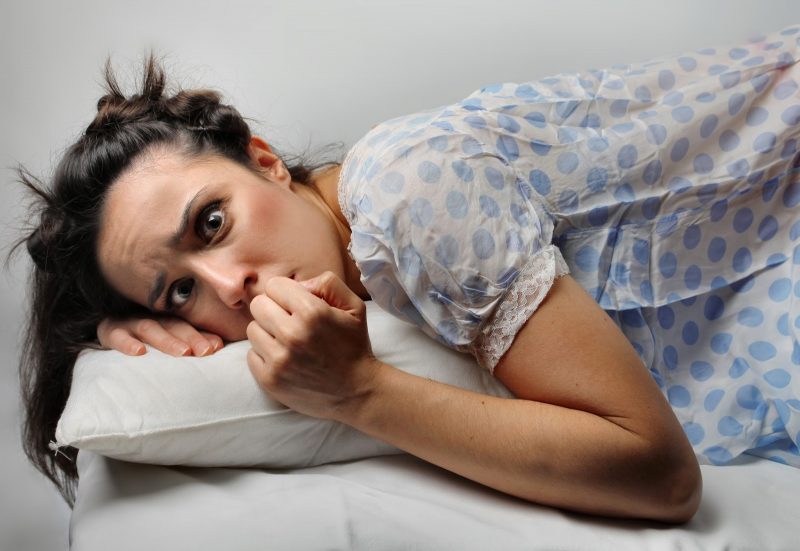One of the most mysterious conditions of the human body is sleep paralysis. Being immobilized after awakening, people often feel unaccountable horror. What is sleep paralysis, and how to act properly for a person who has fallen into it? Learn from this article.
Material Content:
What is and what is dangerous sleep paralysis
Paralysis is recognized as an integral part of the REM sleep phase. At this moment, the human brain is most active (the sleeper sees dreams). His body is almost paralyzed, unconscious movements can be made only by muscles that carry out the breathing process, and eyeballs. So nature made sure that a person did not harm himself with unconscious actions during a night's rest (for example, did not follow an object that he dreamed in a dream, etc.).
As a rule, the ability to move returns to a person even before his awakening. But in some cases, failures occur in this process. At the same time, being in an unconscious state, the brain awakens, but a half-asleep person is not able to move a single part of his body. The maximum that can be done at the moment between wakefulness and sleep is to open one's eyes and look around the house.
This condition is called the term "sleep paralysis". It is characteristic that it manifests itself not only upon awakening, but also directly in the moments when a person falls asleep.
Sleep paralysis is recognized as common. American researchers claim that almost 8% of people at least once in their life have encountered this condition.It is characteristic that this feature is most common among children, young people, adolescents and students (almost 28%), as well as people suffering from mental illness (32%). Up to 30 years, almost 40% of those surveyed experience symptoms of sleep paralysis, among adults who have crossed the 35-year mark, this figure reaches only 5%.
Causes of the disease
The cause of sleep paralysis is often caused by neurological problems: bipolar disorder, narcolepsy (incessant drowsiness), somnambulism (fermentation in a dream).
But often this condition occurs on its own and is the result of an imbalance in the nervous system. In this case, there is a mismatch in the awakening of consciousness after sleep, normalization of muscle functionality.
Such an imbalance can occur as a result of the influence on the human body of a number of factors, including:
- stress
- insomnia;
- abuse of tobacco and alcohol products, drug addiction;
- prolonged use of tranquilizers or antidepressants;
- genetic predisposition.
It is interesting. Sleep paralysis often overtakes a person sleeping on his back. If you fall asleep on your side, the likelihood of a stupor is reduced significantly. The human body can only be paralyzed during natural awakening. In other words, if a person was awakened by external factors (sound and light), paralysis is not observed.
Types of syndrome
Sleepy stupor is divided by the time of its occurrence. So, the state of immobility that occurs directly during falling asleep is called hypnagogic. The human muscles are relaxed, the body goes to sleep. When this happened, the consciousness does not have time to turn off and the sleeping person realizes that he is immobilized. Unaware of the causes of this condition, he begins to panic.
Another type of paralysis is called hypnotic. Unlike the first, it arises in moments of awakening. The stronger a person is immersed in sleep, the lower the tone of his muscles. In the REM phase, the muscle system is relaxed and almost completely turned off. Brain activity, in contrast, is significantly increased. When at that moment the part of the brain that is responsible for consciousness is awakened, the department responsible for motor activity, on the contrary, is resting. Awakened person is not able to make absolutely no movement.
Typically, to restore motor functions, a person needs from a few seconds to a couple of minutes. But these moments may seem immobilized for years.
Symptoms and signs
Some people noted paralysis only once, while others, on the contrary, are in this condition quite often, sometimes several times a night.
The main symptom of sleep paralysis is the inability to move. Man is overcome by fear and panic, breathing is difficult, pulse and heartbeat are quickening, the body is capable of twitching reflexively. At this moment, it may seem to a person that his throat, chest and abdomen seem to be constrained.
It is interesting:normal human pulse
These symptoms are often accompanied by hallucinations - it seems to people that some demon is populating them and is trying to strangle them. Often a half-awakened person can hear pulsating sounds, noise from creeping steps and various voices. Some see that they are changing the position of the body, turning on their side, but at the same time the person realizes that he is not moving.
Diagnosis, doctor consultation
Many people, having experienced sleep paralysis more than once, consider it necessary to pay a visit to a specialist. Usually, he can easily diagnose such a disorder already at the patient complaint stage. For people who systematically observe manifestations of sleep paralysis, experts recommend keeping a diary. In it, the patient must indicate the frequency of conditions, their hallucinations and the sensations caused by them.Based on such data, it is easier for the doctor to determine the cause of the development of paralysis in the patient.
To clarify the diagnosis, the patient can be referred to a somnologist (a specialist dealing with sleep problems). In addition, polysomnography is prescribed - a study of night and daytime sleep.
Treatment for carotid stupor
Often, such pathologies do not require specific treatment.
A patient who wants to get rid of sleep paralysis is recommended to reconsider his lifestyle, namely:
- balance work and sleep;
- sleep at night for at least 8 hours;
- wake up in an unnatural way, but on an alarm clock;
- play sports and eliminate any manifestations of physical inactivity;
- if possible, avoid various stresses;
- fall asleep to the sounds of calm music;
- thoroughly ventilate the room before going to bed;
- going to bed, drink a cup of relaxing herbal tea or take a warm bath;
- Do not strain your brain before going to bed (exclude working at a computer or watching TV).
If the specialist has identified the cause of the carotid stupor, and it turned out to be more serious than overwork or lack of sleep, the patient will most likely be prescribed antidepressants. It is impossible to use them arbitrarily, since such drugs require an accurate dosage and cause multiple side effects.
People who once experienced sleep paralysis, and who are afraid of repeating it later, should remember a number of recommendations regarding behavior in this state:
- It is very important to realize that a sleepy stupor is harmless and pass in speed.
- Do not try to fight paralysis. Attempts to break out only enhance the sensations, making them especially vivid.
- Try to take the deepest breath as far as the lungs allow.
- Try to move your fingers or tongue. This will help to quickly gain a sense of ownership of your body.
- Engage in intellectual work: recount objects, read poetry, etc.
- Ask a sleeping person nearby (if there is one) to wake the patient with the appearance of characteristic symptoms: confused breathing, convulsive tremors, grimaces of fear on his face.
These recommendations will help you get out of sleep paralysis as efficiently as possible. To prevent a recurrence of an attack, wash your face with cold water.
Is it possible to die from a disease
Is sleep paralysis dangerous? The good news is that hallucinogenic symptoms have nothing to do with reality. It is impossible to go crazy right away or die in one second in such cases.
Thus, it can be asserted with absolute certainty that paralysis is not dangerous to human life. The only negative point is the fear that arises in moments of immobility, which can cause subsequent stress and excitement of a person.
Prevention
Prevention of carotid stupor is to eliminate the factors contributing to the occurrence of this condition. This is a change in sleep patterns, the prevention of stress and depression, the rejection of excessive physical exertion.
A person is recommended to lead a healthy lifestyle, with ease and a positive attitude to accept any situation, as well as to dose a work or study load.
Any somnological disorders should be treated promptly. Sleep paralysis is an anxiety state that can cause a lot of negative emotions in a sleeping person. And although a stupor of sleep is not dangerous for a person, its manifestations should not be ignored. The best way out is to contact the patient with a neurologist or somnologist. The specialist will track all the alarming symptoms and give advice on further treatment tactics.
Sleep paralysis is a condition noted at least once in a lifetime by many people on the planet. The feeling of helplessness from the impossibility of owning one’s body leads a person to panic. But such a nuisance always ends a few moments after its inception and does not pose a threat to human life.The main thing is not to succumb to panic and try to occupy yourself with something else (count elephants, recall poems, the multiplication table, etc.).



